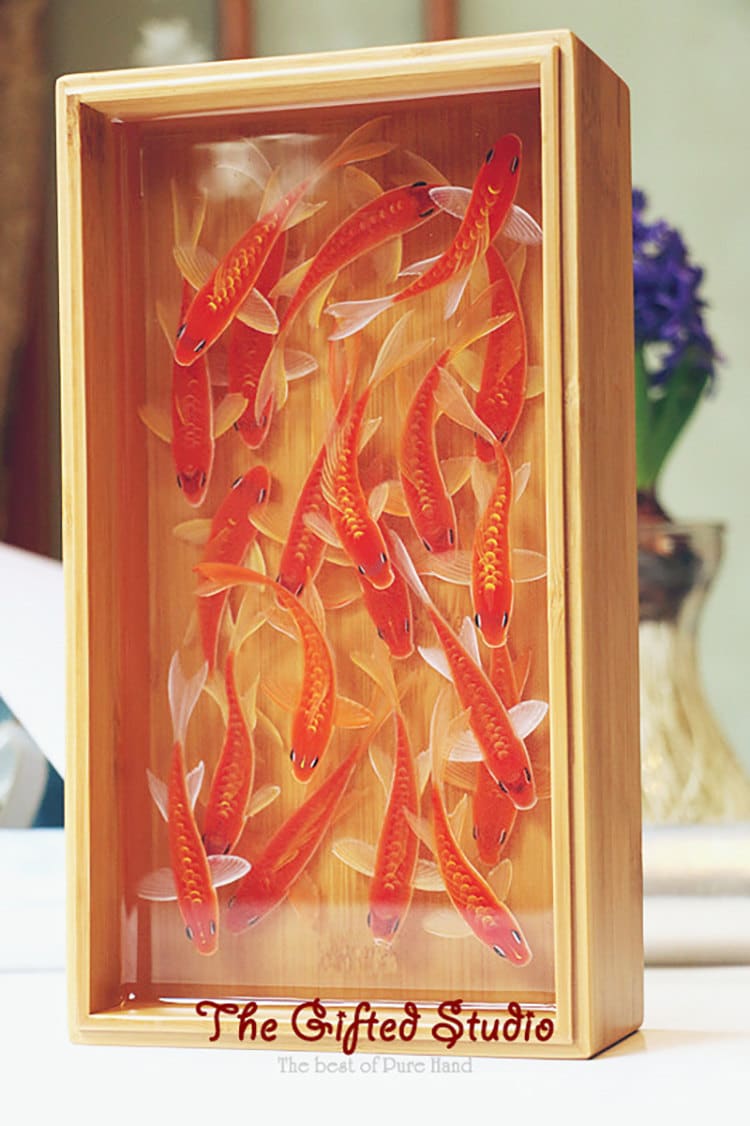
Its machines are used by architects, artists, product developers and even doctors to produce affordable models and finished goods. sells professional 3D printers that use LOM technology to create objects with standard Letter/A4 paper. However, at least one company is trying to bring LOM back into the mainstream. Other companies specializing in LOM printing have also closed their doors in recent years, including the Israel-based Solido 3D and Kira, Inc.

Cubic Technologies now sells, services and supports Helisys' products. The first LOM rapid prototyping system was developed by Helisys, Inc., a company that ceased operation in 2000.

It can also be used to make patterns for use in traditional manufacturing, such as sand molded casting, a metal casting process. For this reason, LOM is used primarily for creating scaled models and conceptual prototypes that can be tested for form or design. Because this process doesn't produce highly accurate parts, it can't be used to create functional prototypes. However, LOM is not ideal for creating objects with complex geometries, and it can't create hollow objects. The materials used during LOM are also inexpensive, consistent, readily available and well understood. Because the LOM process doesn't involve any chemical reactions, no enclosed chamber is needed, making it easier to build large models. While LOM does not create models that are as accurate as those created with other 3D printing methods - like stereolithography (SLA) or selective laser sintering (SLS) - it does offer certain advantages. Paper objects are usually sealed with a paint or lacquer to keep out moisture.

Objects printed in paper take on wood-like properties, and can be sanded or finished accordingly. Once an object is done "printing," it is removed from the build platform, and any excess material is cut away. This process is repeated until the entire object has been formed. New material is then pulled across the platform and the heated roller again passes over the material, binding the new layer to the one beneath it. After one layer of the object is formed, the build platform is lowered by about one-sixteenth of an inch - the typical thickness of one layer.


 0 kommentar(er)
0 kommentar(er)
